How to Introduce Dogs and Cats to Each Other
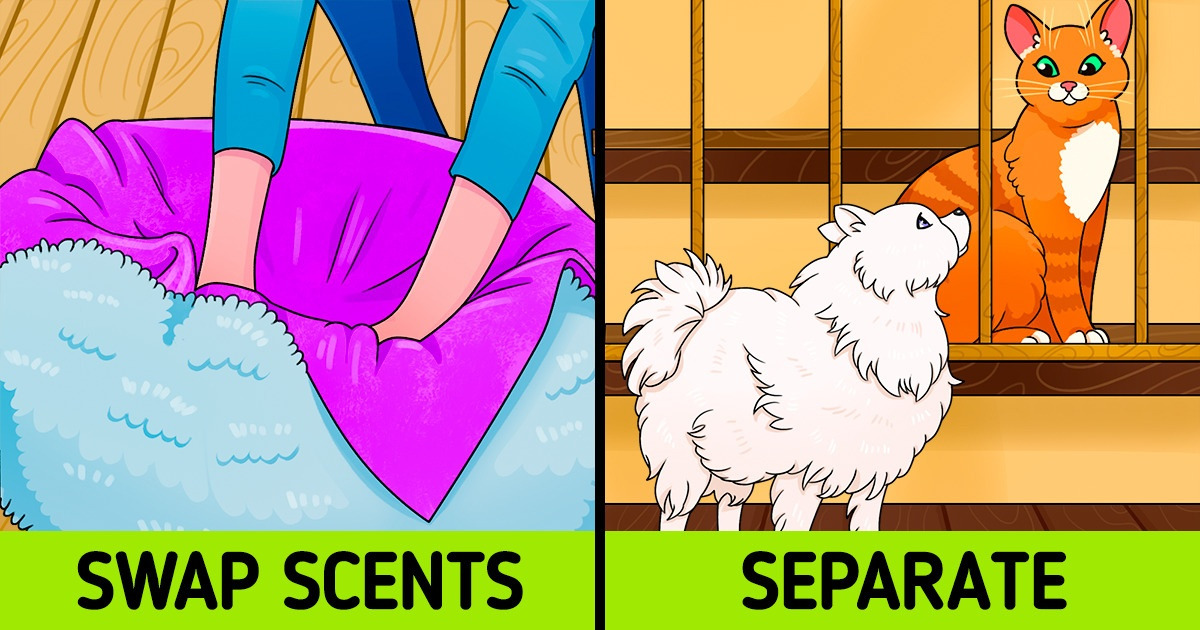
Many of us share our homes with various kinds of furry friends. Just like humans, the coexistence of different species, like dogs and cats, may cause conflict from time to time. However, when suitable environments and proper training, like obedience training, are provided, and if introduced carefully, cats and dogs can get along, live harmoniously at peace, and even become best friends forever.
This is why 5-Minute Crafts has gathered useful tips to show you how to introduce your new cats and dogs to each other carefully.
1. Plan ahead and prepare the environment.
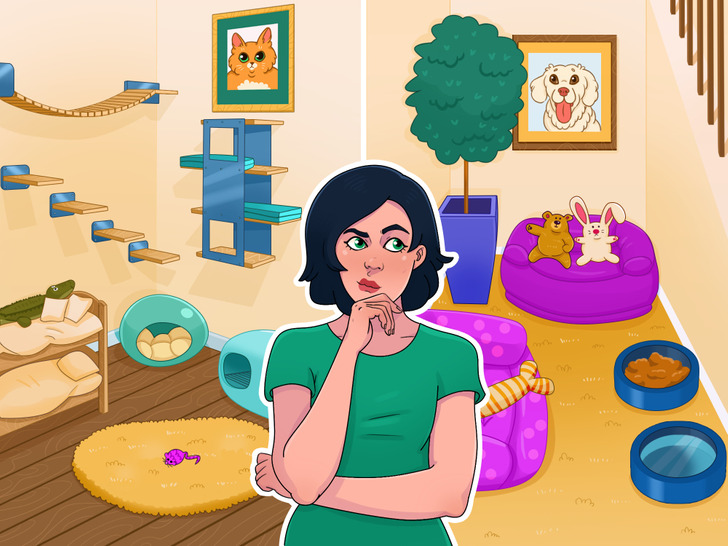
When you’re bringing a new cat or a new dog to your home, just ensure the existing resident pet feels safe and is provided with all the resources including, food, water, toys, sleeping areas, etc. The resources shouldn’t be shared. Upon deciding where each of your pets will stay, start placing new items around the house gradually. This way, the existing pet will have time to adjust to the changes before the new cat/dog arrives.
The introduction process will be less stressful if the dog or the cat you are taking into your home has been in the company of others or lived with other species before. When in doubt about how your dog will react to a new resident, consider other points for a smooth introduction, like the type or the breed of the dog. For example, terriers and greyhounds are bred to chase down or hunt other animals.
2. Begin separately and divide their spaces.
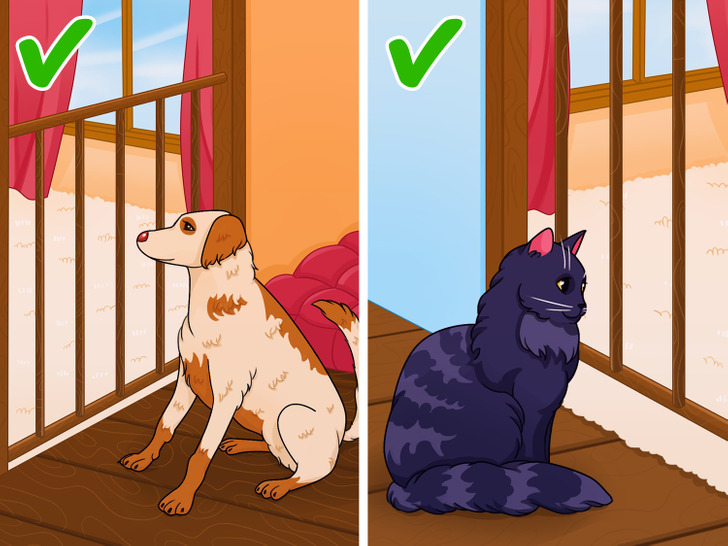
Make sure the resident pet and the newcomer won’t make any contact — keep the cat in one area and the dog in the other using a corridor, a staircase, a pet gate, or a baby gate. Although this is a gradual process, you still need to keep them apart until they accept each other’s presence. Then, allow them 1 or 2 days to get accustomed to their environment.
3. Make the resident pet’s comfortable.
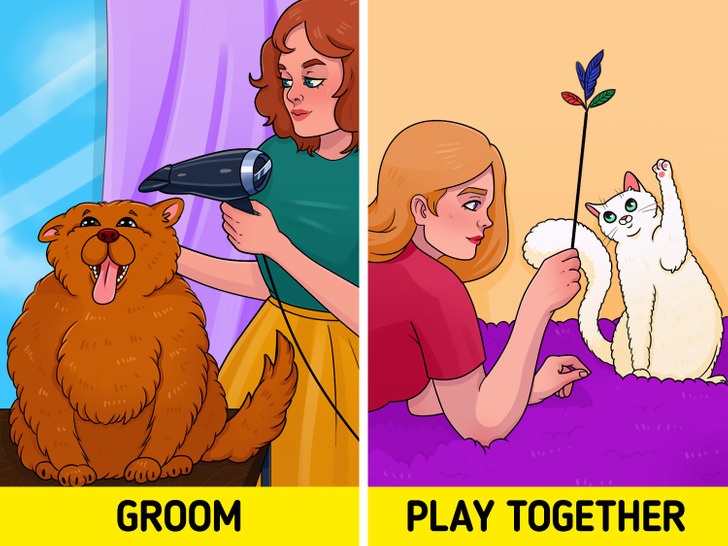
Keep the existing resident pet’s life as normal as before. This means, making sure you provide care, support, playtime, interactions like massages, cuddles, additional walks, etc. to make them feel loved and not excluded.
4. Swap scents.
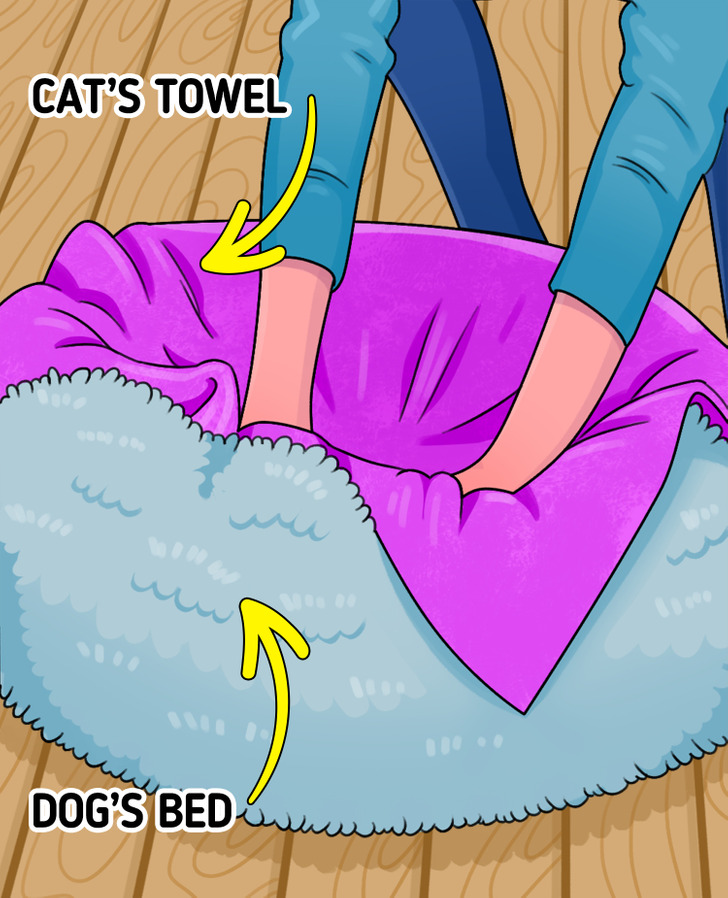
Introducing the scents of the dog to the cat, and vice versa is useful before any kind of face-to-face introduction. Swap each other’s scents to familiarize themselves with each other. To do so, you can exchange the towel that the dog sleeps on with the towel that the cat sleeps on, for example, which will help them get used to each other’s scents. Do this for at least a week.
5. Direct them both.
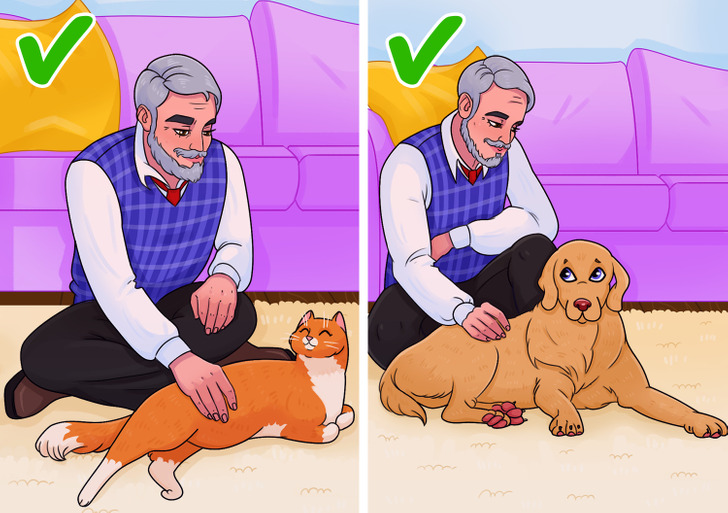
Supervise both pets ensuring there aren’t any uncontrollable moments. It can happen that one of the pets will be irritated — when this is the case, stay calm. Note that this process can take days, weeks, or even months. Continue the introductions when they’re relaxed.
6. Allow them to investigate each other’s areas.

As soon as both pets are calm, it is a good idea to permit them to investigate the other’s areas. Since you’ve designated their areas, allow them to explore the areas beyond their zones.
7. Arrange visual contact through a baby gate.
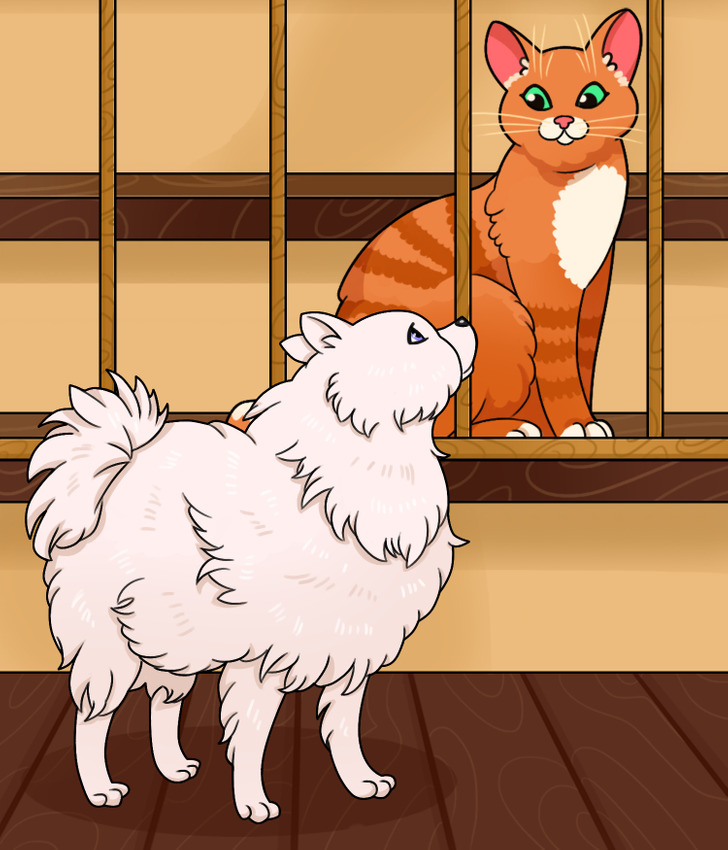
If your pets look calm, then it may be time to allow them to see each other, but initially keep these sessions short. In doing so, make sure both of the pets are free. Using a partially covered baby gate or pet gate, arrange the visual introductions by keeping distance between them. Observe whether or not the pets look calm, positively engaged, and like they are enjoying the moment. Repeat these sessions for days or weeks.
8. Make the actual contact happen.
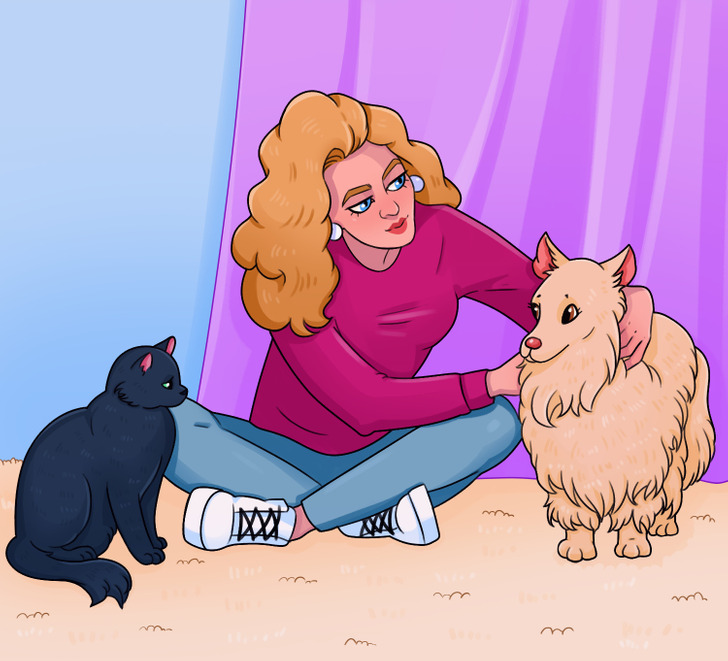
Up until now the pets have been distant and rewarded for being calm around each other. Now, maintaining control, you can allow them both to approach the gate. Just in case, keep the dog on a leash and also ensure that the cat won’t jump over the gate. At this stage, neither of them are allowed to touch each other but they can sniff one another. Start observing. If both appear calm, the barriers can come down for a while.
Eventually, gradually increasing the time of each session, allow your cat and dog to be in the same room. In this final stage, it’s still a good idea to keep the dog on a leash, just in case. Make sure each time you introduce your pets, they are getting closer to each other.
9. Live together.

From the start till the end, if they have finally learned to tolerate each other, then it’s high time they live together. Regardless of it all, make sure your dog can’t access the cat’s food. Provide your pets with training, toys, attention, etc. for their mental and physical growth.